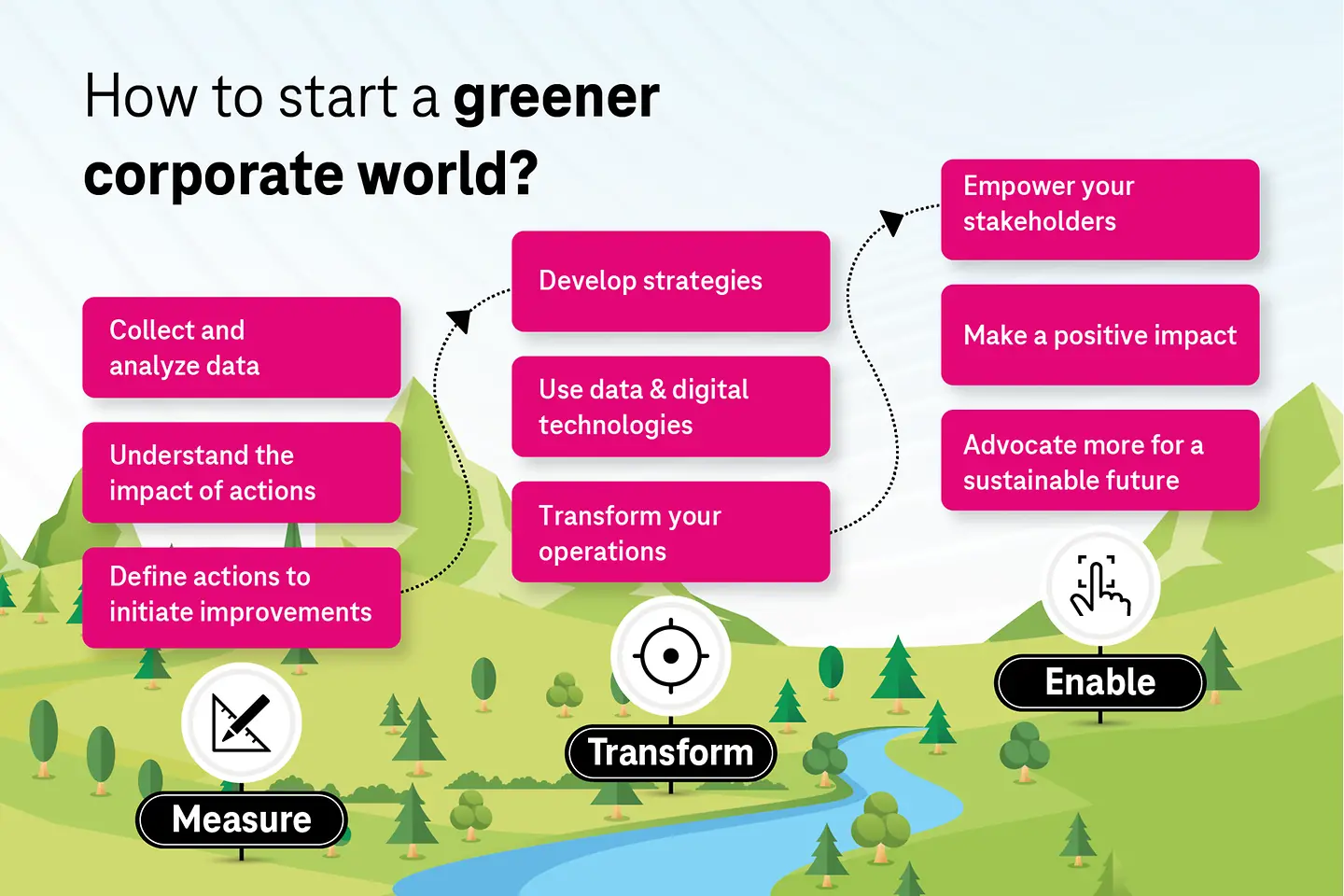
“If ChatGPT has so much global knowledge at its disposal, surely this AI can also develop a corporate sustainability strategy?” stated a participant at our Co-Creation Advisory Boards for Sustainability. This expectation doesn’t come as a surprise. Since ChatGPT passes bar exams, writes speeches, and even software codes to control machines. But can the AI-based language model also cut it as a sustainability consultant?

ChatGPT – also known as the Chatbot Generative Pre-trained Transformer – inspires and scares people in equal measure. For some, it’s a revelation, while others are concerned about fake news and job losses. This is because the large language model has been trained using millions of texts from the internet, social media, online forums, books, and newspaper articles and writes in a surprisingly intelligent way. The interest in using ChatGPT for sustainability issues is understandable. It shows us again how much pressure industries are under. For too long, management has had to hazard guesses regarding emissions and corporate responsibility reports due to a lack of relevant data. Companies often use “average figures” from external sources like those from the Carbon Disclosure Project. And at the latest since the provision to record emissions across the entire value chain (Scope 3), everyone is desperately searching for quick and easy solutions and consultations.
So why not just ask ChatGPT? One click and you already have a substantiated sustainability strategy for your company ready and waiting. However, generative AI is still far away from achieving this. There are still fundamental shortcomings with the technology that prevent us from gaining a trustworthy sparring partner in the sustainability sector:
We need explainable AI – so that it is clear to everyone how AI produces its results. The digital ethics of the tool is also a discussion point, as well as data protection and security. There are also ongoing regulatory queries. Even if all of that was resolved, we need to define what we wish to use ChatGPT for: Should it offer concrete business support, or suggest new technologies and digital tools for climate protection? Who will train it to do this?
This is a legitimate drawback! The high energy usage of digital solutions, such as that of ChatGPT, needs to be evaluated critically and its use needs to be efficient and targeted. However, just like we must face the reality of climate change, we need to do the same with these innovations. As the saying goes, “they’re here to stay”. And we can’t reach our sustainability goals without digital technologies. Nevertheless, we all need to rethink the use of innovative digital technologies. We should always use them very consciously. Industries and companies should work together with their IT providers to tackle this sustainability challenge.
And with that, let’s return to the actual topic. Companies now have to become sustainable quickly and in a data-centered way, by orienting themselves around three key elements:

Climate protection is complex. As are supply chains. As everything is connected. Companies not only need data on their energy consumption but also their energy efficiency. For Scope 3 emissions, they require data that covers the whole supply chain – not only within their own company, but also that of their suppliers, partners, and customers. For this reason, things like logistics or the extraction of raw materials need to be considered. This concerns not only climate protection but also human rights issues. This means that companies need to juggle a multitude of variables – which they often fail to do: they want to position themselves as sustainable, but only implement a few individual measures. One of the main reasons for this discrepancy is a lack of data, according to an analysis from KPMG.
Why do companies now need to quickly become more transparent and have valid data, both to train AI and tackle sustainability challenges? Now, with the new Corporate Sustainability Reporting Directive from the EU, there is stricter accountability for the environment, climate, human rights, and governance concerns. This applies to large companies and listed SMEs. The new Supply Chain Act forces companies to be more transparent across their whole value chain. For this, good data is required. Along with the willingness to share this information. We need this to make decisive progress on Scope 3 emissions. We therefore need secure data spaces like Catena-X or Manufacturing-X. Data spaces create transparency – and this is becoming increasingly decisive for the economy and society.
For sustainability, data and AI are going to play an increasingly significant role – regardless of the development trajectories of ChatGPT and other large language models. In this vein, companies can use an AI tool for things like measuring CO2 to determine their environmental footprint based on their own data. They can also evaluate, report, and finally reduce this across the whole supply chain. And AI can do even more than that. It can play an essential role in the health sector. The most recent example shows how we can reduce the risk of sepsis using an AI solution. Such innovations and life-saving applications for AI inspire me. And as the designer for our sustainability approach, I am excited to see what is going to be possible with innovations in the technology and how we can implement these in a responsible and appropriate way.
Until then, please don’t hesitate to get in touch with me if you want to discuss this topic or have questions regarding sustainable digital solutions.